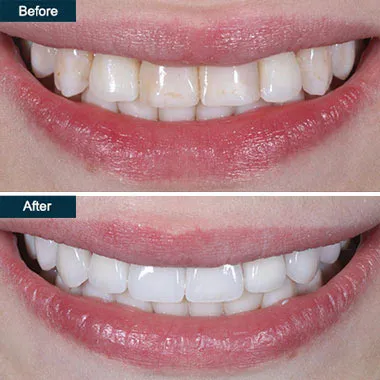Zoom Laser Teeth Whitening Side Effects What You Need to Know
Zoom laser teeth whitening is a popular cosmetic dentistry procedure promising a brighter smile. While it’s effective, it’s essential to be aware of potential Zoom laser teeth whitening side effects. Understanding these can help you make an informed decision and prepare for the procedure. This article will explore the top five side effects, providing insights into their causes, management, and prevention. Being well-informed empowers you to discuss these aspects with your dentist and ensure a comfortable and successful whitening experience. It’s about achieving that radiant smile while prioritizing your oral health and well-being. Proper preparation and aftercare are key to minimizing any negative impact and maximizing the benefits of Zoom laser teeth whitening.
Increased Tooth Sensitivity
Increased tooth sensitivity is one of the most common side effects of Zoom laser teeth whitening. Many individuals experience temporary discomfort, especially to hot or cold foods and drinks. This sensitivity arises because the whitening process can temporarily make the pores in your enamel more permeable, allowing the bleaching agents to reach the underlying dentin and stimulate the nerves within the teeth. The intensity of the sensitivity varies from person to person, influenced by factors like existing dental conditions and enamel thickness. Understanding the causes helps in preparing for and mitigating this side effect, ensuring a more comfortable experience.
Causes of Tooth Sensitivity
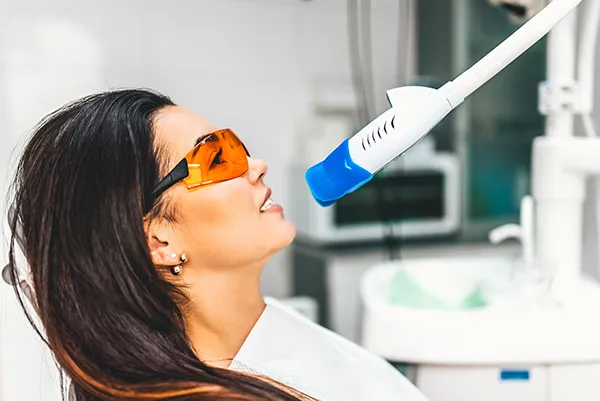
Tooth sensitivity after Zoom laser teeth whitening is primarily caused by the bleaching agents, usually hydrogen peroxide, used in the procedure. These agents penetrate the enamel, causing temporary inflammation and irritation of the tooth’s nerves. Additionally, individuals with pre-existing conditions like receding gums, thin enamel, or cavities may experience heightened sensitivity. The process can also temporarily dehydrate the teeth, making them more vulnerable to temperature changes. Factors such as the concentration of the whitening agent and the duration of its application also play a role. Knowing these causes can help you and your dentist take precautions to minimize this effect before and after the treatment, such as using a lower concentration of the whitening agent or applying a desensitizing agent.
How to Manage Sensitivity
Several strategies can help manage tooth sensitivity after Zoom laser teeth whitening. Using toothpaste designed for sensitive teeth, containing ingredients like potassium nitrate, can help block the pain signals to the nerves. Avoiding extremely hot or cold foods and drinks for a few days post-treatment is also recommended. Your dentist may suggest fluoride treatments, which can strengthen enamel and reduce sensitivity. Over-the-counter pain relievers, like ibuprofen or acetaminophen, can help alleviate any discomfort. Regular follow-up appointments with your dentist can help monitor your progress and address any persistent sensitivity issues. By following these tips, you can significantly reduce the impact of sensitivity and enjoy the results of your whitening treatment more comfortably.
Gum Irritation and Inflammation
Another common side effect of Zoom laser teeth whitening is gum irritation and inflammation. During the procedure, the bleaching agents can come into contact with the gums, causing irritation, redness, and even mild swelling. This happens because the gums are sensitive tissues and can be affected by the chemicals used. Although dentists take precautions to protect the gums, some exposure is inevitable. The severity of the irritation can vary depending on individual sensitivity and the skill of the dentist. It’s crucial to address this issue promptly to prevent further complications and ensure a comfortable healing process.
Causes of Gum Irritation
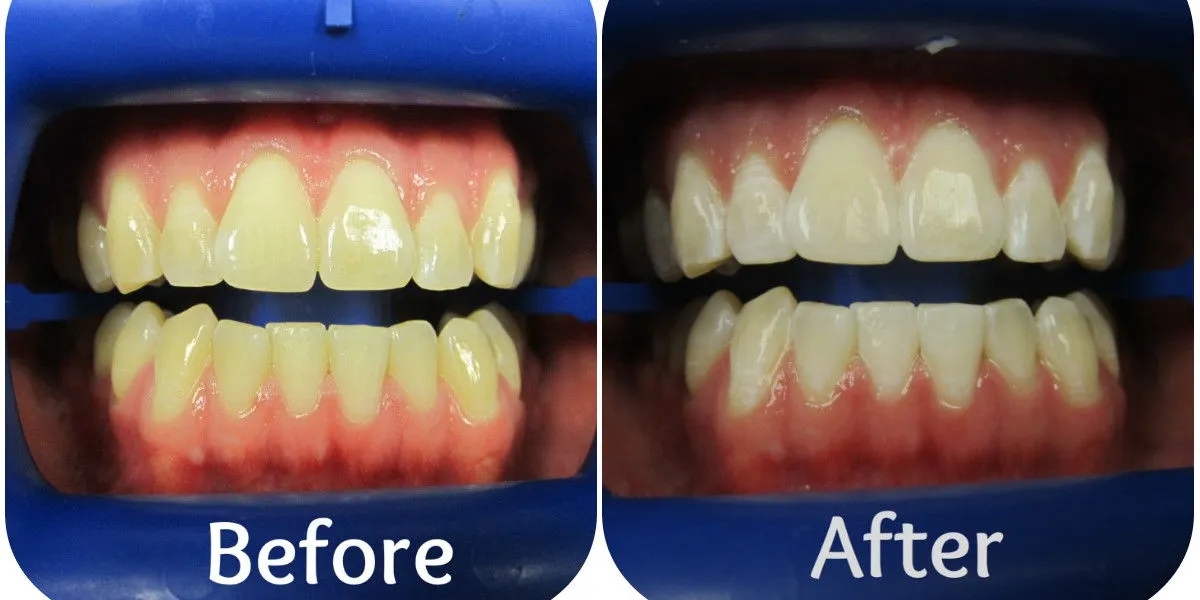
Gum irritation after Zoom laser teeth whitening is primarily caused by the bleaching agents used during the process. The high concentration of hydrogen peroxide, necessary for effective whitening, can come into contact with the gum tissue. Even with protective measures like rubber dams or shields, some exposure is unavoidable. Individuals with pre-existing gum conditions, such as gingivitis, are more susceptible to irritation. The intensity of the irritation depends on factors like the concentration of the whitening agent, the duration of exposure, and the individual’s oral health. Poorly fitting trays or inadequate protective measures can also contribute to the issue. Proper technique and post-treatment care are essential to minimize these effects.
Treatment and Prevention of Gum Issues
Several methods can prevent and treat gum irritation following Zoom laser teeth whitening. Before the procedure, your dentist can assess your gum health and address any pre-existing conditions. During the treatment, protective measures like rubber dams or gels should be meticulously used to shield the gums from the bleaching agents. After the procedure, rinsing your mouth with warm salt water can help soothe irritated gums and promote healing. Your dentist might recommend anti-inflammatory mouthwashes or gels to reduce swelling and discomfort. Avoiding harsh brushing and flossing around the affected areas for a few days is advised. Following all post-whitening instructions from your dentist, and promptly addressing any concerns, can ensure a smoother recovery and a more enjoyable whitening experience.
Toothache and Discomfort
Some individuals may experience toothache or general discomfort following Zoom laser teeth whitening. This is often a temporary side effect, related to the increased sensitivity of the teeth. The bleaching agents can irritate the nerve endings within the teeth, leading to a dull ache or sharp pain, especially when exposed to temperature changes. The discomfort level varies from person to person, and it usually subsides within a few days. Understanding the potential for toothache helps in preparing for the procedure and managing any discomfort that arises. Prompt and appropriate action can alleviate the pain and facilitate a quick recovery. This ensures a more comfortable and positive experience from your teeth whitening treatment.
Causes of Toothache after Whitening
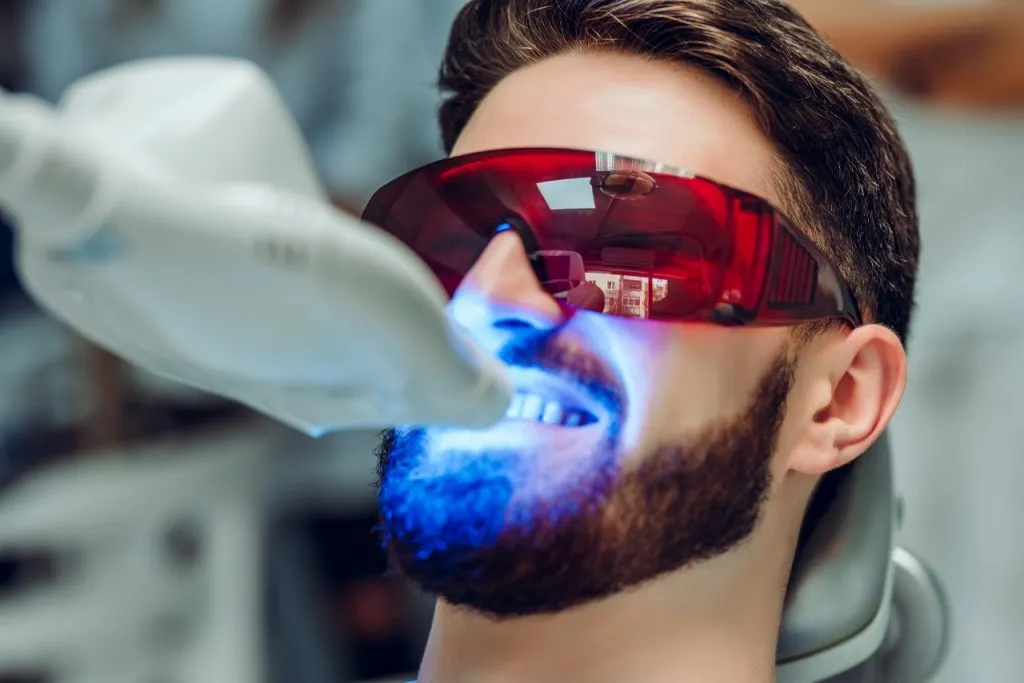
The toothache experienced after Zoom laser teeth whitening stems primarily from the process’s impact on the teeth’s nerves. The whitening agents, particularly hydrogen peroxide, can penetrate the enamel and reach the dentin, where the nerves are located. This can lead to inflammation and irritation of the nerves, causing pain or discomfort. Individuals with pre-existing dental conditions, such as micro-cracks, fillings, or untreated cavities, may be more prone to experiencing toothache. Additionally, the temporary dehydration of the teeth during the procedure can also make them more sensitive and susceptible to pain. Understanding these causes can help anticipate and manage the discomfort that may arise after teeth whitening treatment.
Relieving Toothache
Relieving toothache after Zoom laser teeth whitening involves several effective strategies. Over-the-counter pain relievers, like ibuprofen or acetaminophen, can help manage the pain and inflammation. Using toothpaste designed for sensitive teeth, containing ingredients like potassium nitrate, can reduce sensitivity and soothe the nerves. Avoiding extremely hot or cold foods and drinks for the first few days helps minimize discomfort. If the toothache is severe or persistent, consult your dentist, as it could indicate an underlying dental issue. Following all your dentist’s post-whitening instructions and maintaining regular oral hygiene practices can also help alleviate the pain and promote a faster recovery. In the meantime, staying hydrated and avoiding acidic food helps.
Changes in Tooth Enamel
Zoom laser teeth whitening can cause temporary changes in tooth enamel. The process involves using bleaching agents that can slightly alter the enamel’s structure. Although the enamel is not permanently damaged, the bleaching agents can temporarily make the enamel more porous, increasing sensitivity. The level of porosity varies depending on factors such as the concentration of the whitening agent and the duration of exposure. These changes typically resolve within a few days or weeks as the enamel remineralizes. It is essential to understand these changes and take steps to protect the enamel during and after the procedure to maintain optimal dental health and minimize potential side effects.
How Whitening Affects Enamel

Zoom laser teeth whitening affects tooth enamel by temporarily increasing its porosity. The bleaching agents, primarily hydrogen peroxide, penetrate the enamel to oxidize the stain molecules within the tooth. This process can slightly weaken the enamel’s surface and make it more susceptible to staining. The duration and concentration of the bleaching agent influence the degree of these effects. Although these changes are temporary, it is important to take care to avoid any damage. Proper post-whitening care, including using fluoride toothpaste and avoiding staining foods and drinks, helps restore and protect the enamel, ensuring long-term dental health and the lasting effectiveness of the whitening treatment. By understanding these effects, you can ensure that the process does not lead to any unexpected complications.
Protecting Your Enamel
Protecting your enamel after Zoom laser teeth whitening involves several key steps. Using toothpaste containing fluoride helps to remineralize and strengthen the enamel, reducing sensitivity and protecting against stains. Avoiding highly acidic foods and drinks, such as citrus fruits and sodas, minimizes enamel erosion. Brushing gently and using a soft-bristled toothbrush can help prevent further damage. Following all aftercare instructions provided by your dentist is essential. Regular dental check-ups and professional cleanings help maintain optimal oral health and ensure the long-term benefits of your whitening treatment. This approach ensures that your enamel stays strong and healthy, maintaining your bright, white smile for years to come. Consider using a remineralizing mouthwash, too.
Allergic Reactions and Sensitivity
Although rare, allergic reactions or sensitivities to the ingredients used in Zoom laser teeth whitening are possible. These reactions can range from mild to severe and may manifest as skin rashes, swelling, or difficulty breathing. Such reactions typically stem from sensitivity to the bleaching agents or other components of the whitening gel. It is crucial to be aware of these potential issues and seek immediate medical attention if symptoms develop. Informing your dentist about any known allergies before the procedure can help minimize these risks. Understanding the signs and symptoms of an allergic reaction empowers you to respond swiftly and effectively, ensuring your safety and well-being during and after the treatment.
Identifying Allergic Reactions
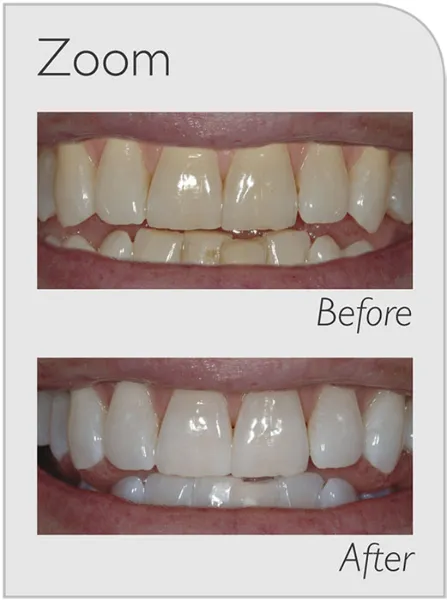
Identifying an allergic reaction after Zoom laser teeth whitening requires recognizing specific signs and symptoms. Common indications include skin rashes or hives, swelling of the face, lips, tongue, or throat, difficulty breathing, and itching. Other symptoms may include nausea, vomiting, or dizziness. These reactions typically occur shortly after the procedure or within a few hours. If you experience any of these symptoms, it is critical to seek immediate medical attention. Providing your dentist with a detailed history of allergies prior to the whitening treatment and promptly communicating any unusual symptoms helps ensure a safe and positive outcome. Being prepared and knowing what to look for can make all the difference.
What to Do If You Have a Reaction
If you suspect you are having an allergic reaction after Zoom laser teeth whitening, immediate action is crucial. The first step is to contact your dentist or seek emergency medical care immediately. Describe the symptoms and any relevant medical history, including known allergies. In the meantime, avoid consuming any food or drink that may exacerbate the reaction. Depending on the severity, medical professionals may administer antihistamines or epinephrine to counteract the allergic response. Follow all instructions from your healthcare provider and adhere to any follow-up care recommendations. After the incident, document all the details, including the symptoms, treatment, and any lasting effects. The report helps prevent future reactions. Your safety and well-being are paramount, so act fast and seek appropriate help.
In conclusion, while Zoom laser teeth whitening offers an effective solution for a brighter smile, it’s essential to be informed about the potential side effects. By understanding issues like increased tooth sensitivity, gum irritation, toothache, enamel changes, and allergic reactions, you can make a well-informed decision and prepare adequately. Consulting with your dentist about your concerns and following their guidance before, during, and after the procedure will help minimize risks and maximize the benefits of your whitening treatment. This comprehensive approach ensures a positive outcome, allowing you to enjoy a beautiful smile while prioritizing your oral health. Remember that seeking professional advice and taking preventive measures are the best ways to safeguard your dental health and enhance your confidence.
